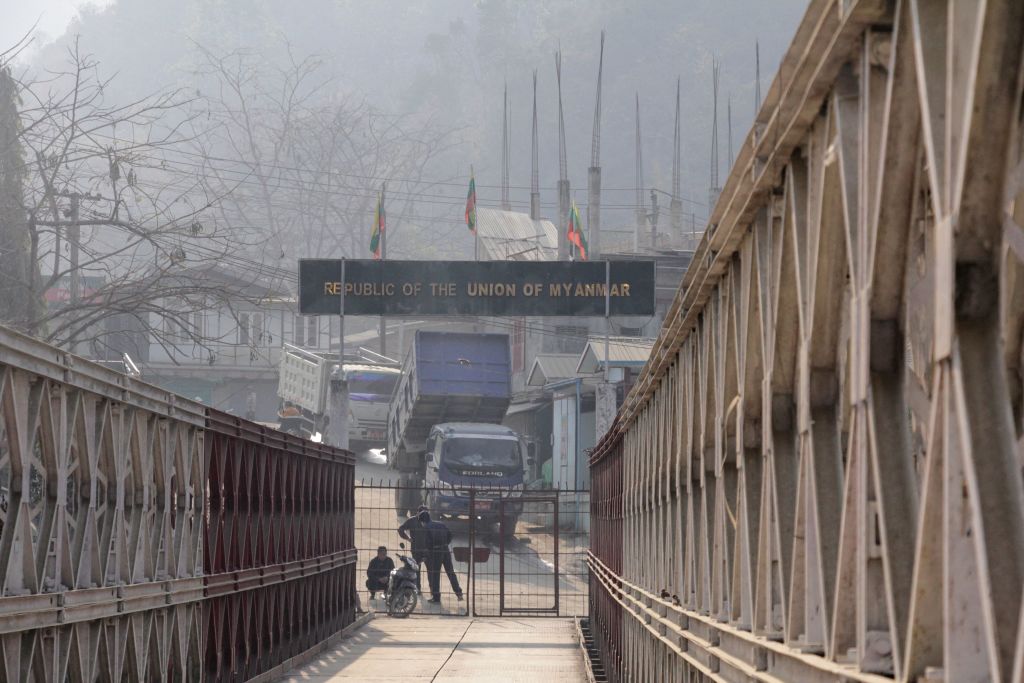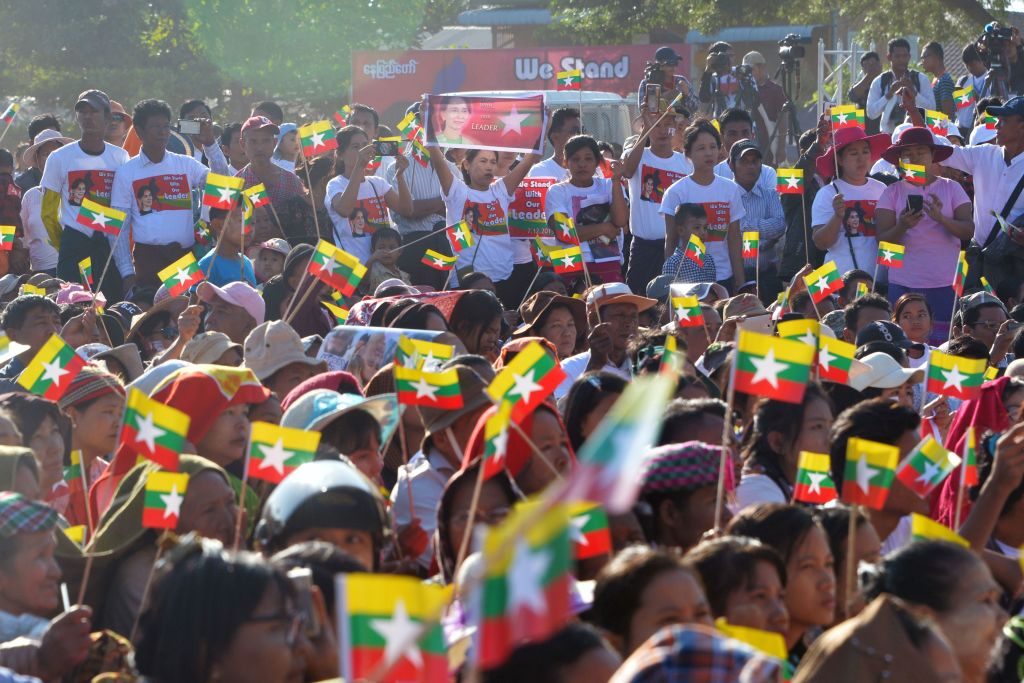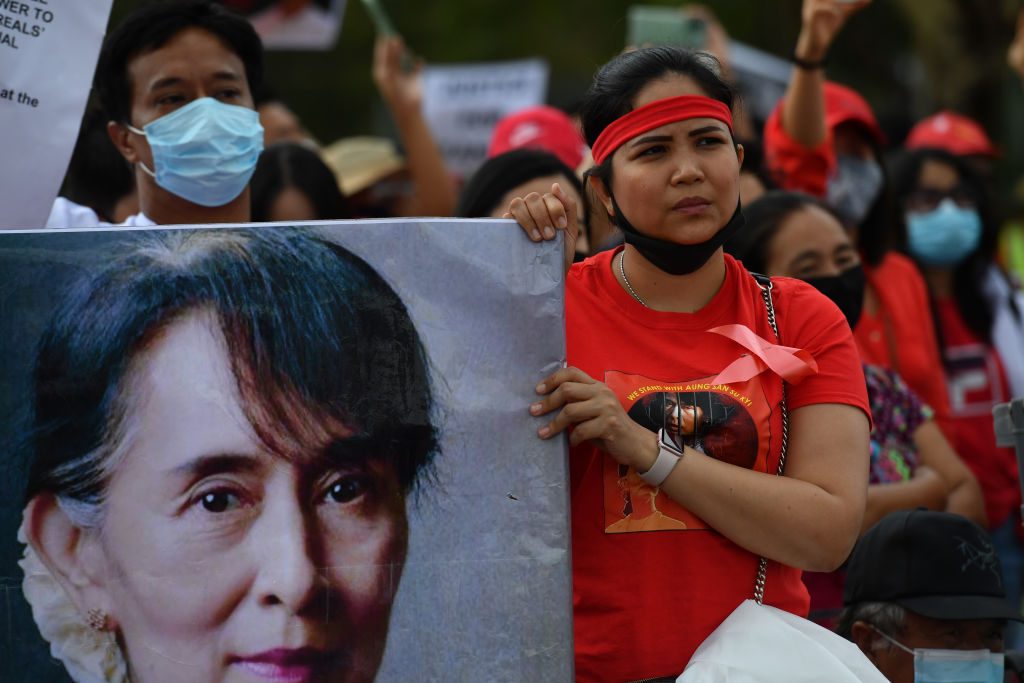- Tuesday, April 01, 2025

By: Shubham Ghosh
Shubham Ghosh
OFFICIALS in India have been left worried about the situation in the country’s eastern-most border as thousands of people from neighbouring Myanmar have fled the junta’s crackdown to take shelter in the Indian territory. The Indian authorities apprehend that the region could become a hub for Myanmar’s pro-democracy activists and it could stoke disturbance on the Indian side of the border.
Three Indian states bordering Myanmar – Mizoram, Manipur and Nagaland – have seen around 16,000 people entering from the neighbouring country, government officials and civil society groups have estimated and the number is expected to grow up in the near future, Reuters reported. In Mizoram, the southernmost of the three states, has seen the most number of entries and authorities there have been keeping a close watch on the pro-democracy fighters joining refugees who are crossing the unfenced and densely forested border marked by the Tiau River.

A government adviser in Mizoram told Reuters that they were monitoring the situation very closely. He also said that some fighters from Myanmar had crossed the border with some local people in India and have not returned since. He said the local administration will never allow those fighters to train on the Indian territory.
At least 850 people have lost their lives in the turmoil in Myanmar since the junta staged a coup in February to topple the civilian government of Aung San Suu Kyi, against whom serious corruption charges have also been brought. The state of Chin which borders India has seen heavy fighting between the government forces and local militias.
One of the ousted lawmakers from Suu Kyi’s National League for Democracy told Reuters that some resistance fighters from Chin had received weapons from India and from the Arakan Army, an ethnic militia in Myanmar’s Rakhine region (south of Chin), which has given boost to a secret arms trade in the region.

“Naturally, these people want to fight the junta. What they will try to do, in my opinion, is to procure some arms from this side (India),” a Mizoram police official with knowledge of the training camp was quoted as saying by Reuters.
Fighters’ intrusion adds to India’s worry
It is not only the fighters from Myanmar who creates trouble for New Delhi. India’s 1.6 kilometre (1,000 mile)-long border with Myanmar has for a long time been a base for insurgent groups that are opposed to New Delhi. According to India’s security officials, they operate on both sides of the frontier and gain from narcotics brought in from southeast Asia. The latest intrusion has added to the worries of New Delhi as a senior government source in New Delhi told Reuters: “It is a genuine worry that if rebels cross over, it will give oxygen to Naga and Manipur insurgents.”
Avinash Paliwal, a senior lecturer in international relations at SOAS University of London, told Reuters that the influx and fighting along the India-Myanmar border had created the most serious security situation in India’s far-eastern border area over the decades. He said this situation could affect India’s relations with the junta and also put into trouble New Delhi’s investments worth $650 million in Myanmar’s ports and highways. India is in a difficult competition with China to influence Myanmar but the latest turn of events whereby the neighbour’s anti-government fighters are taking shelter on the Indian side of the border could complicate the situation more.
“The entire connectivity agenda, balancing China, and drug crime and counterinsurgency strategies have become complicated,” Paliwal told Reuters, adding: “The migrant crisis in the northeast may take a different, politicised or even militarised turn in the future.”